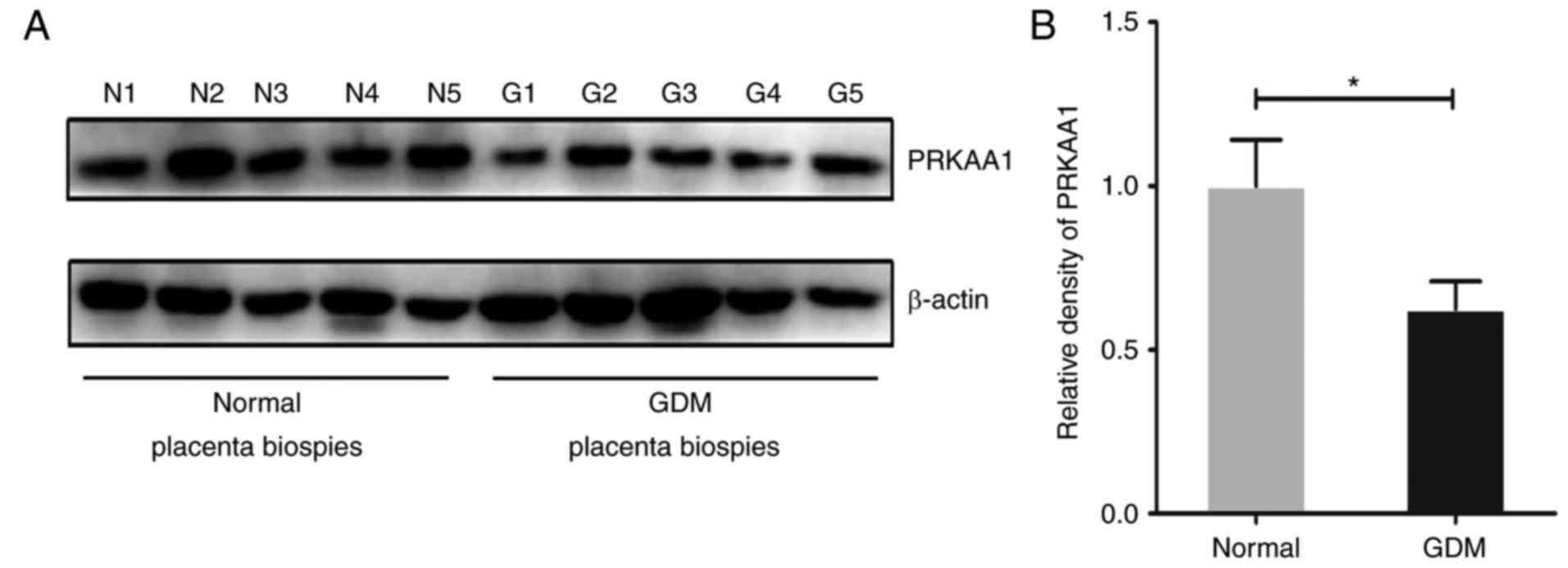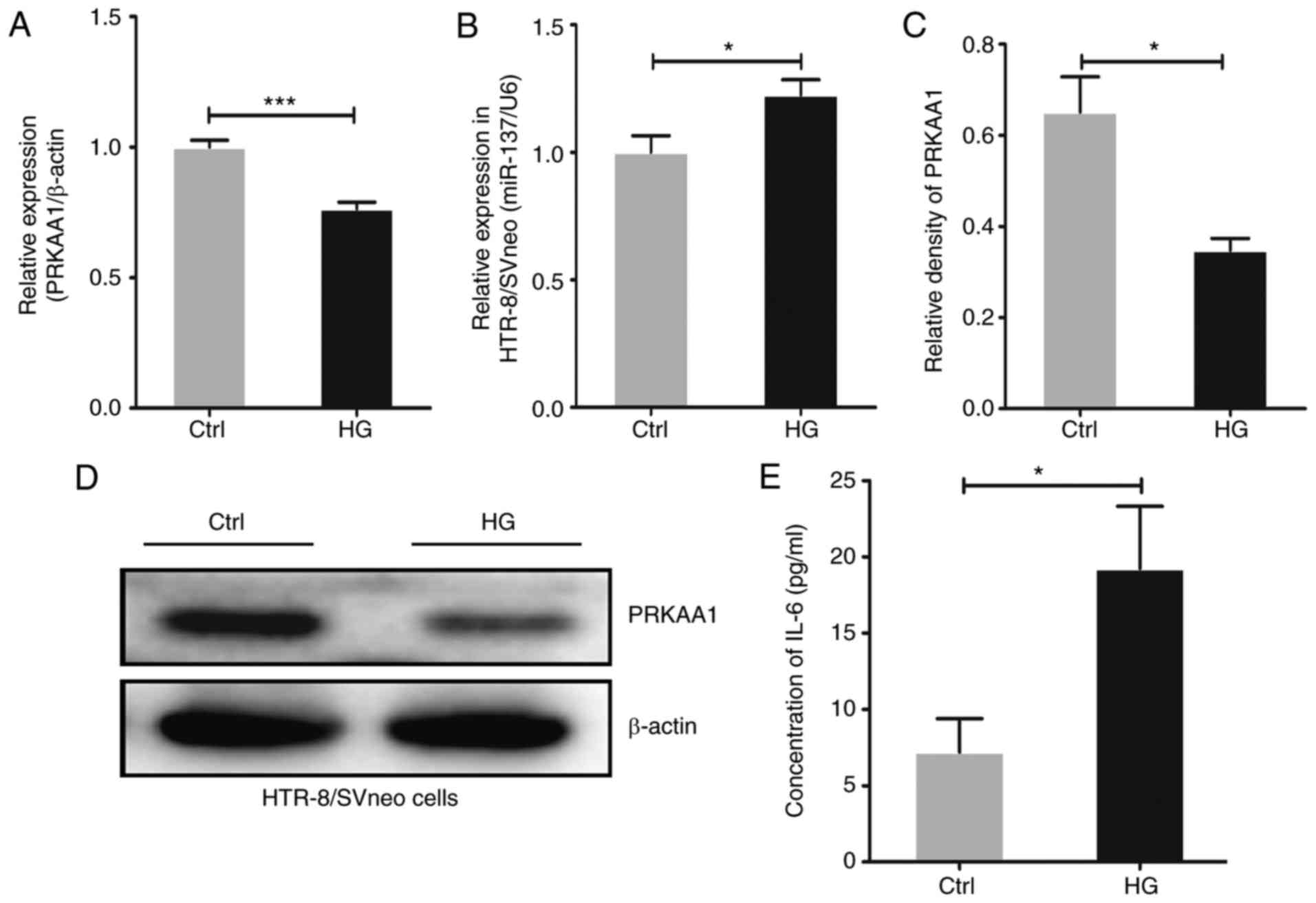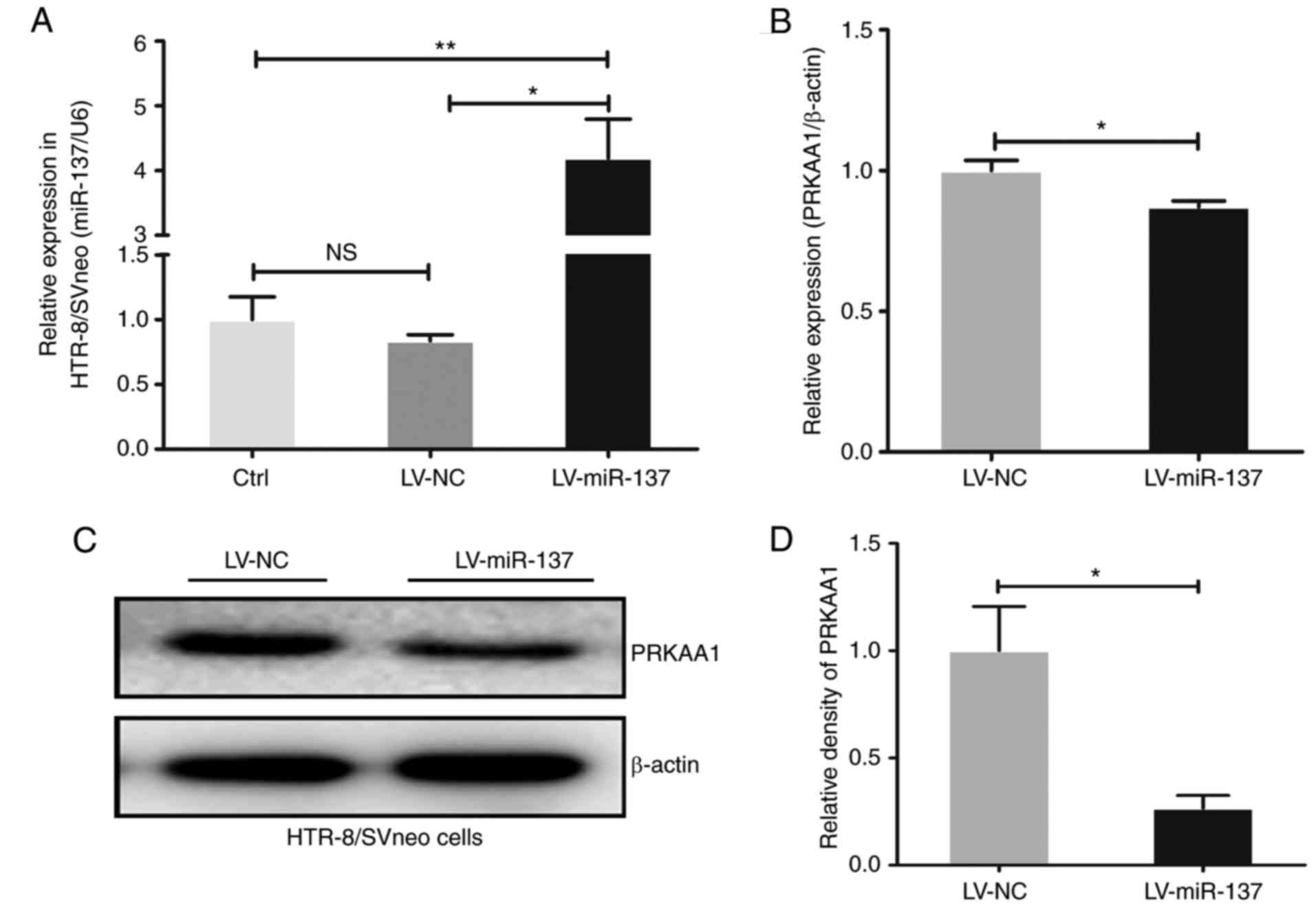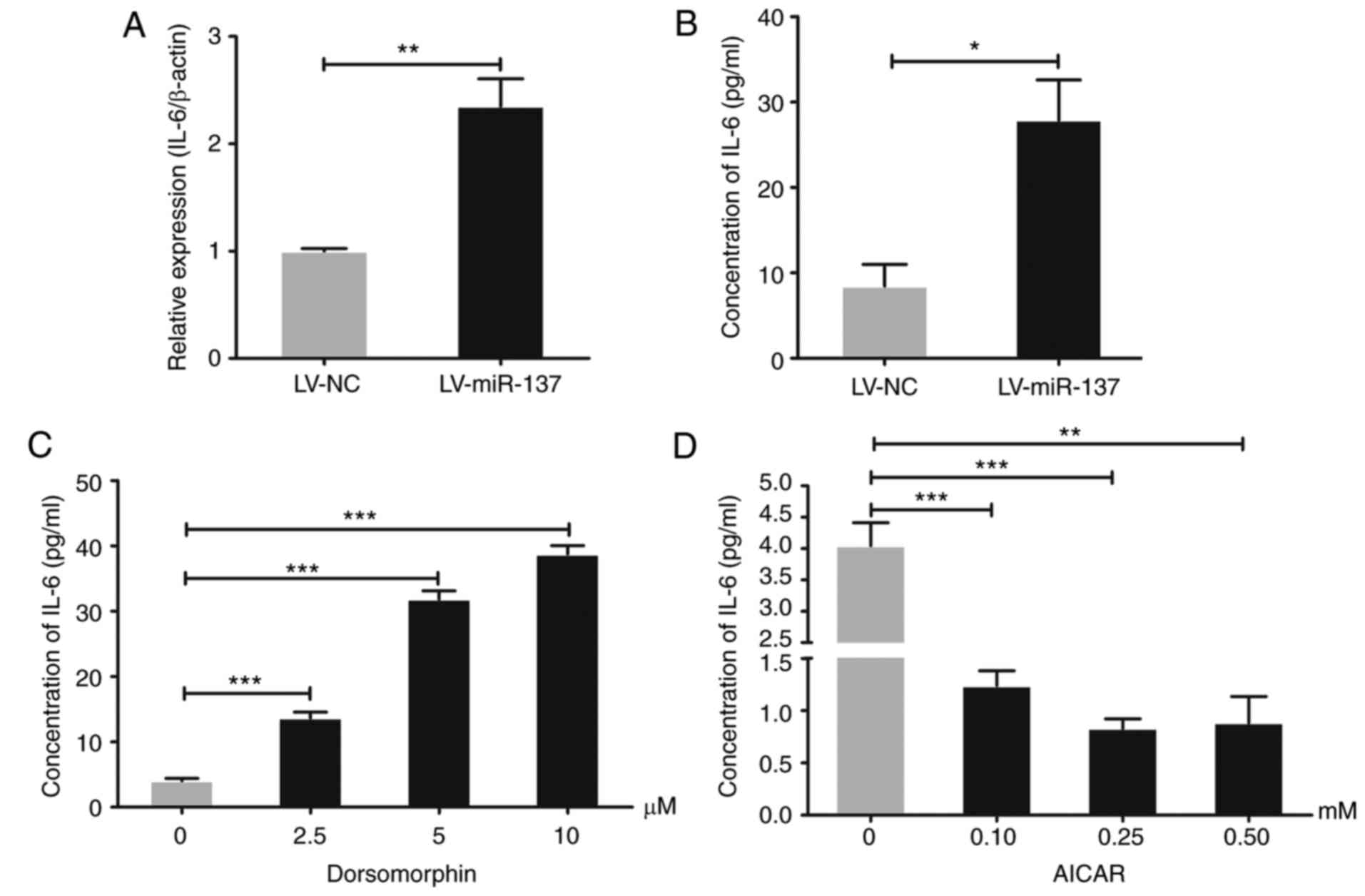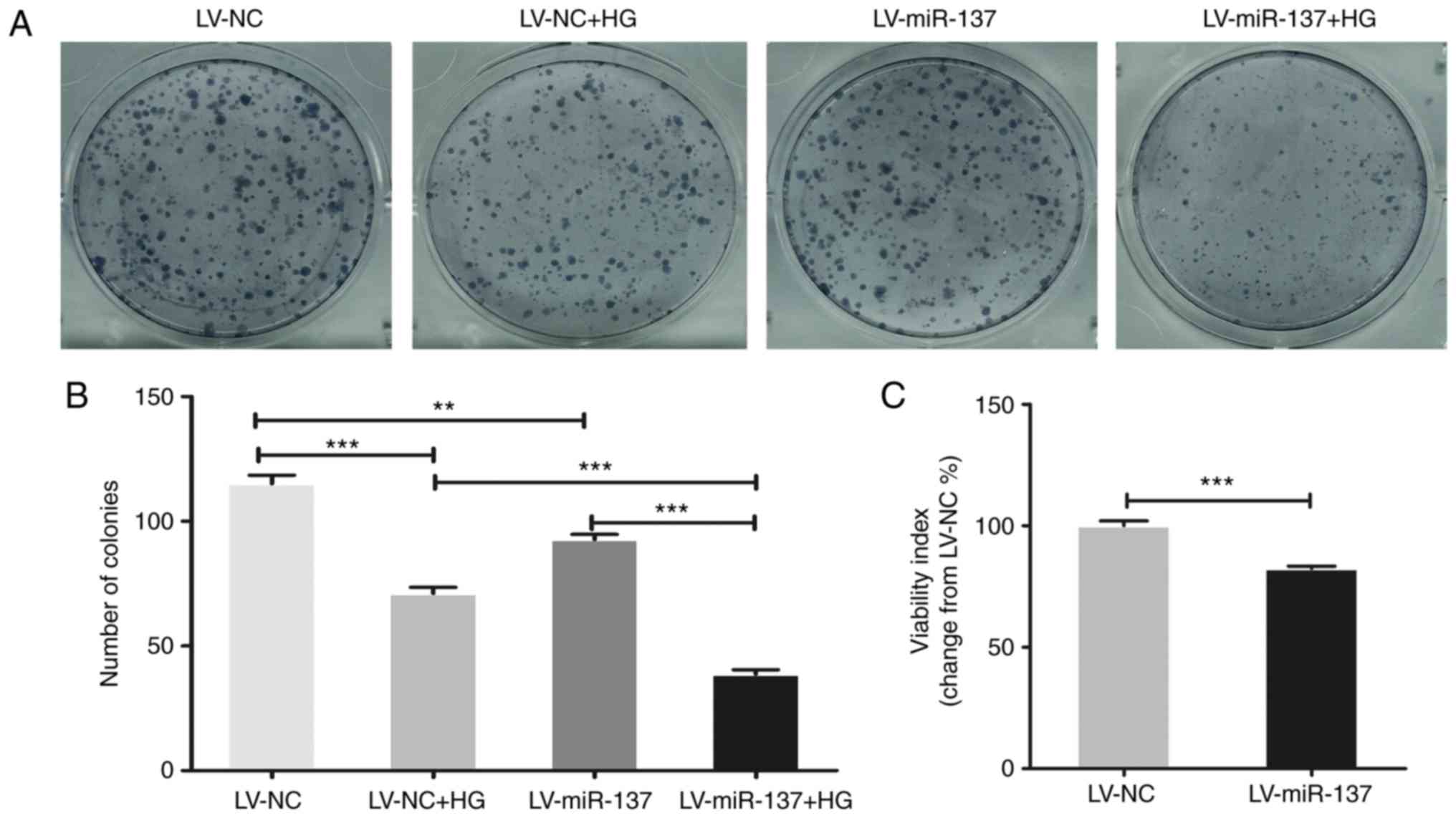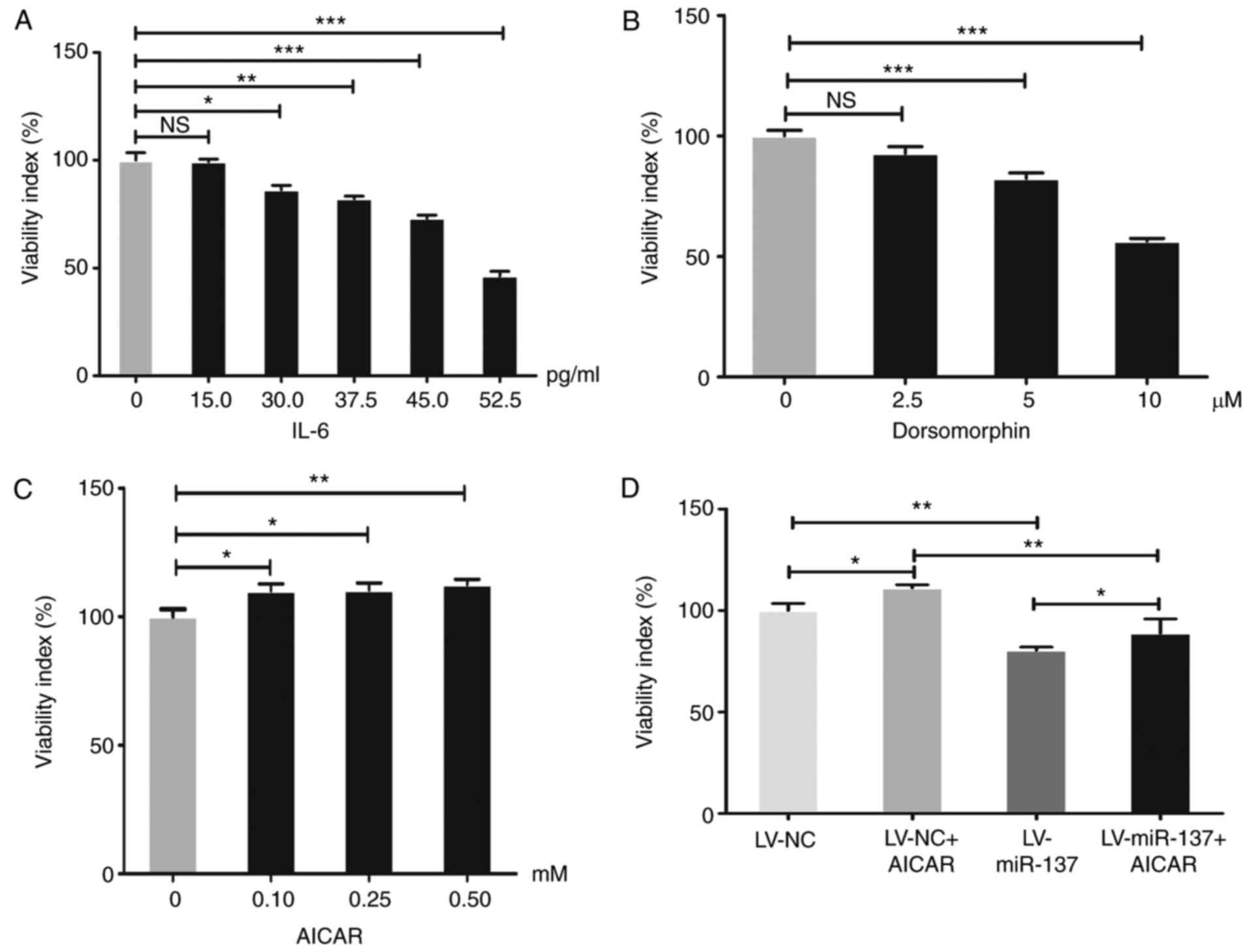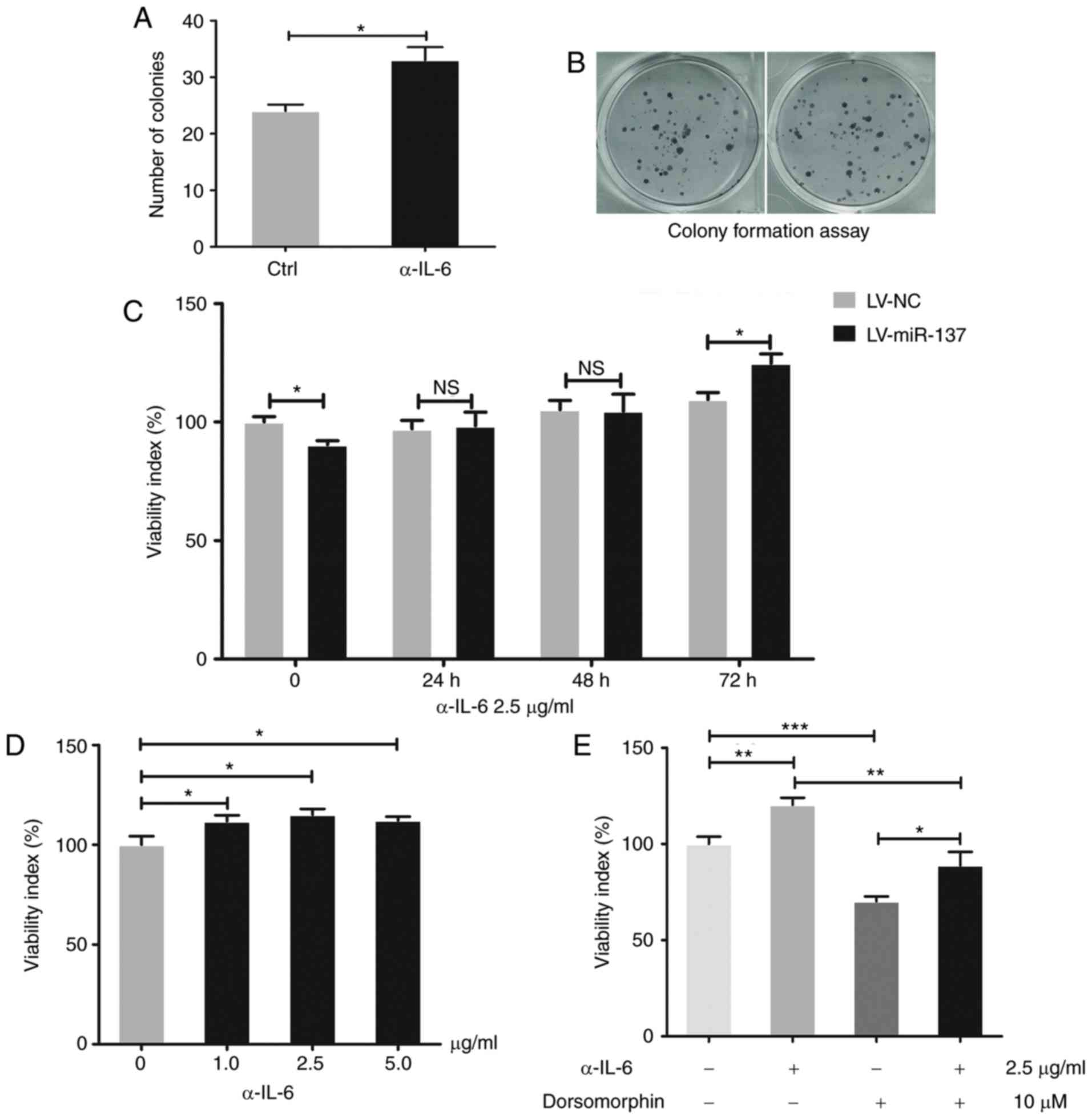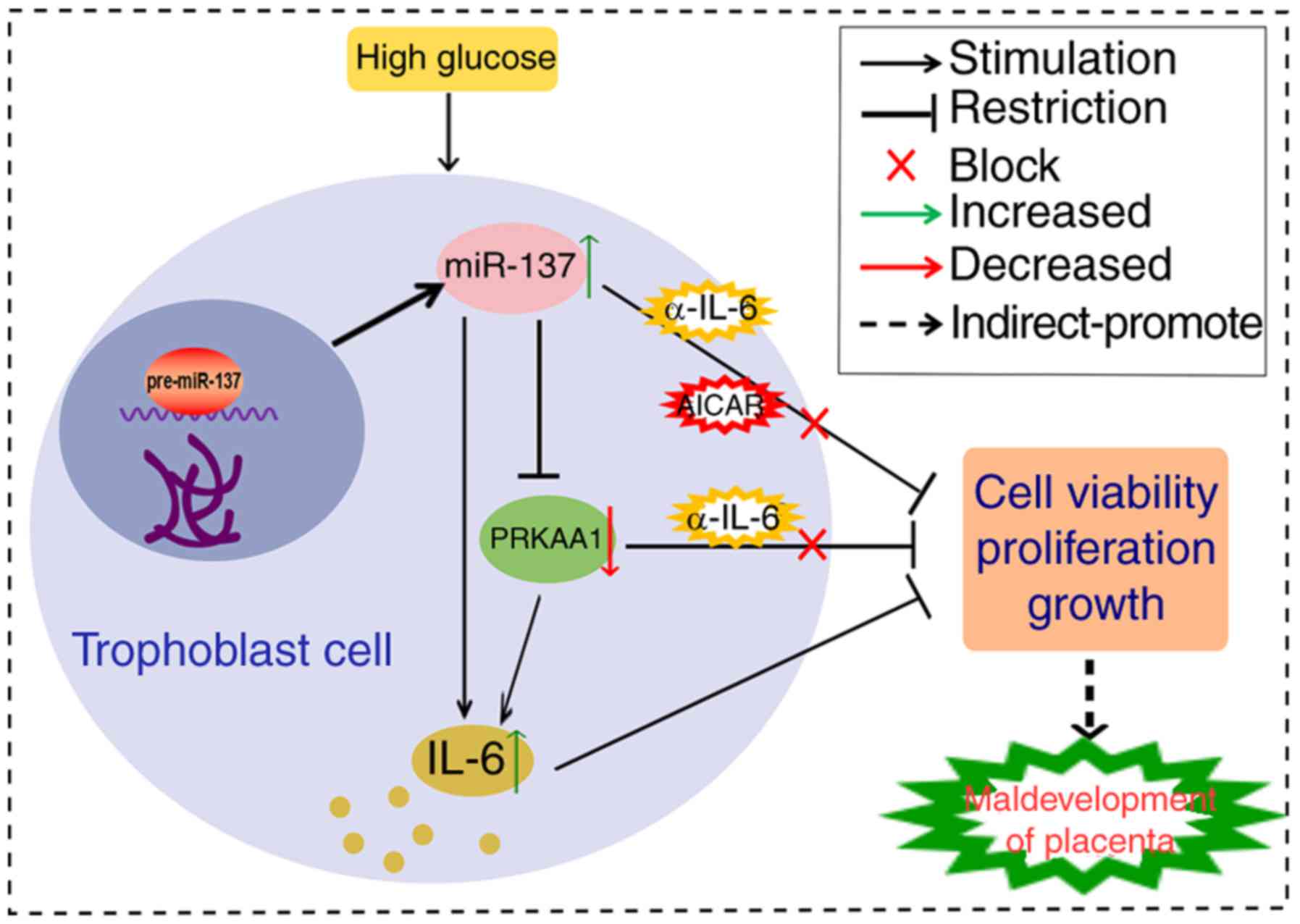|
1
|
Kleinwechter H and Demandt N: Diabetes in
pregnancy-type 1/type 2 diabetes mellitus and gestational diabetes
mellitus. Dtsch Med Wochenschr. 141:1296–1303. 2016.In German.
PubMed/NCBI
|
|
2
|
Bánhidy F, Acs N, Puhó EH and Czeizel AE:
Congenital abnormalities in the offspring of pregnant women with
type 1, type 2 and gestational diabetes mellitus: A
population-based case-control study. Congenit Anom. 50:115–121.
2010. View Article : Google Scholar
|
|
3
|
Callec R, Perdriolle-Galet E, Sery GA and
Morel O: Type 2 diabetes in pregnancy: Rates of fetal malformations
and level of preconception care. J Obstet Gynaecol. 34:648–649.
2014. View Article : Google Scholar : PubMed/NCBI
|
|
4
|
Kaiser J: Gearing up for a closer look at
the human placenta. Science. 344:10732014. View Article : Google Scholar
|
|
5
|
Zong S, Li C, Luo C, Zhao X, Liu C, Wang
K, Jia W, Bai M, Yin M, Bao S, et al: Dysregulated expression of
IDO may cause unexplained recurrent spontaneous abortion through
suppression of trophoblast cell proliferation and migration. Sci
Rep. 27:199162016. View Article : Google Scholar
|
|
6
|
Tian FJ, Qin CM, Li XC, Wu F, Liu XR, Xu
WM and Lin Y: Decreased stathmin-1 expression inhibits trophoblast
proliferation and invasion and is associated with recurrent
miscarriage. Am J Pathol. 185:2709–2721. 2015. View Article : Google Scholar : PubMed/NCBI
|
|
7
|
Liong S and Lappas M: Activation of AMPK
improves inflammation and insulin resistance in adipose tissue and
skeletal muscle from pregnant women. J Physiol Biochem. 71:703–717.
2015. View Article : Google Scholar : PubMed/NCBI
|
|
8
|
Li J and Li J, Wei T and Li J:
Down-regulation of MicroRNA-137 improves high glucose induced
oxidative stress injury in human umbilical vein endothelial cells
by up-regulation of AMPKα1. Cell Physiol Biochem. 39:847–859. 2016.
View Article : Google Scholar
|
|
9
|
Yao G, Zhang Y, Wang D, Yang R, Sang H,
Han L, Zhu Y, Lu Y, Tan Y and Shang Z: GDM-induced macrosomia is
reversed by Cav-1 via AMPK-mediated fatty acid transport and
GLUT1-mediated glucose transport in placenta. PLoS One.
12:e01704902017. View Article : Google Scholar : PubMed/NCBI
|
|
10
|
Chen H, Lan HY, Roukos DH and Cho WC:
Application of microRNAs in diabetes mellitus. J Endocrinol.
222:R1–R10. 2014. View Article : Google Scholar : PubMed/NCBI
|
|
11
|
Haertle L, El Hajj N, Dittrich M, Müller
T, Nanda I, Lehnen H and Haaf T: Epigenetic signatures of
gestational diabetes mellitus on cord blood methylation. Clin
Epigenetics. 9:282017. View Article : Google Scholar : PubMed/NCBI
|
|
12
|
Ornoy A, Reece EA, Pavlinkova G, Kappen C
and Miller RK: Effect of maternal diabetes on the embryo, fetus,
and children: Congenital anomalies, geneticand epigenetic changes
and developmental outcomes. Birth Defects Res C Embryo Today.
105:53–72. 2015. View Article : Google Scholar : PubMed/NCBI
|
|
13
|
Li J, Song L, Zhou L, Wu J, Sheng C, Chen
H, Liu Y, Gao S and Huang W: A MicroRNA signature in gestational
diabetes mellitus associated with risk of macrosomia. Cell Physiol
Biochem. 37:243–252. 2015. View Article : Google Scholar : PubMed/NCBI
|
|
14
|
Lu TM, Lu W and Zhao LJ: MicroRNA-137
affects proliferation and migration of placenta trophoblast cells
in preeclampsia by targeting ERRα. Reprod Sci. pii:
1933719116650754. 2016.
|
|
15
|
Lappas M: Double stranded viral RNA
induces inflammation and insulin resistance in skeletal muscle from
pregnant women in vitro. Metabolism. 64:642–653. 2015. View Article : Google Scholar : PubMed/NCBI
|
|
16
|
Kim SY, Jeong S, Jung E, Baik KH, Chang
MH, Kim SA, Shim JH, Chun E and Lee KY: AMP-activated protein
kinase-α1 as an activating kinase of TGF-β-activated kinase 1 has a
key role in inflammatory signals. Cell Death Dis. 3:e3572012.
View Article : Google Scholar
|
|
17
|
Lim R, Barker G and Lappas M: Activation
of AMPK in human fetal membranes alleviates infection-induced
expression of pro-inflammatory and pro-labour mediators. Placenta.
36:454–462. 2015. View Article : Google Scholar : PubMed/NCBI
|
|
18
|
Huang L, Chiang SH, Hsueh CH, Liang YJ and
Chen YJ: Lai LP. Metformin inhibits TNF-alpha-induced Ikappa-B
kinase phosphorylation, IkappaB-alpha degradation and IL-6
production in endothelial cells through I3K-dependent AMPK
phosphorylation. Int J Cardiol. 134:169–175. 2009. View Article : Google Scholar
|
|
19
|
American Diabetes Association: Diagnosis
and classification of diabetes mellitus: Diabetes Care. 35(Suppl
1): S64–S71. 2012. View Article : Google Scholar
|
|
20
|
Livak KJ and Schmittgen TD: Analysis of
relative gene expression data using real-time quantitative PCR and
the 2−ΔΔC T method. Methods. 25:402–408. 2001.
View Article : Google Scholar
|
|
21
|
Daniele G, Guardado Mendoza R, Winnier D,
Fiorentino TV, Pengou Z, Cornell J, Andreozzi F, Jenkinson C,
Cersosimo E, Federici M, et al: The inflammatory status score
including IL-6, TNF-α, osteopontin, fractalkine, MCP-1 and
adiponectin underlies whole-body insulin resistance and
hyperglycemia in type 2 diabetes mellitus. Acta Diabetol.
51:123–131. 2014. View Article : Google Scholar
|
|
22
|
Bigham AW, Julian CG, Wilson MJ, Vargas E,
Browne VA, Shriver MD and Moore LG: Maternal RKAA1 and EDNRA
genotypes are associated with birth weight, and RKAA1 with uterine
artery diameter and metabolic homeostasis at high altitude. Physiol
Genomics. 46:687–697. 2014. View Article : Google Scholar : PubMed/NCBI
|
|
23
|
He C, Li H, Viollet B, Zou MH and Xie Z:
AMPK suppresses vascular inflammation in vivo by inhibiting signal
transducer and activator of transcription-1. Diabetes.
64:4285–4297. 2015. View Article : Google Scholar : PubMed/NCBI
|
|
24
|
Visiedo F, Bugatto F, Sánchez V,
Cózar-Castellano I, Bartha JL and Perdomo G: High glucose levels
reduce fatty acid oxidation and increase triglyceride accumulation
in human placenta. Am J Physiol Endocrinol Metab. 305:E205–E212.
2013. View Article : Google Scholar : PubMed/NCBI
|
|
25
|
Wang LF, Wang HJ, Ao D, Liu Z, Wang Y and
Yang HX: Influence of pre-pregnancy obesity on the development of
macrosomia and large for gestational age in women with or without
gestational diabetes mellitus in Chinese population. J Perinatol.
35:985–990. 2015. View Article : Google Scholar : PubMed/NCBI
|
|
26
|
Jarmuzek P, Wielgos M and Bomba-Opon D:
Placental pathologic changes in gestational diabetes mellitus.
Neuro Endocrinol Lett. 36:101–105. 2015.PubMed/NCBI
|
|
27
|
Leng J, Li W, Zhang S, Liu H, Wang L, Liu
G, Li N, Redman LM, Baccarelli AA, Hou L and Hu G: GDM women's
pre-pregnancy overweight/obesity and gestational weight gain on
offspring overweight status. PLoS One. 10:e01295362015. View Article : Google Scholar : PubMed/NCBI
|
|
28
|
Sedlic F, Muravyeva MY, Sepac A, Sedlic M,
Williams AM, Yang M, Bai X and Bosnjak ZJ: Targeted modification of
mitochondrial ROS production converts high glucose-induced
cytotoxicity to cytoprotection: Effects on anesthetic
preconditioning. J Cell Physiol. 232:216–224. 2017. View Article : Google Scholar
|
|
29
|
Kuricová K, Pácal L, Šoupal J, Prázný M
and Kaňková K: Effect of glucose variability on pathways associated
with glucotoxicity in diabetes: Evaluation of a novel in vitro
experimental approach. Diabetes Res Clin Pract. 114:1–8. 2016.
View Article : Google Scholar : PubMed/NCBI
|
|
30
|
Liu J, Chen S, Ren W, Liu J, Yang P, Chen
Z, Zhang Q and Yang F: Lipopolysaccharide-induced suppression of
periodontal ligament cell proliferation and apoptosis are
strengthened under high glucose conditions. Arch Oral Biol.
79:70–76. 2017. View Article : Google Scholar : PubMed/NCBI
|
|
31
|
Abdallah AM, Alves BC, Gehrke FS, Sant'
Ana AV, Azzalis LA, Junqueira VB, Adami F, Pereira EC and Fonseca
FL: Inability of turbidimetry method in detecting glycated
hemoglobin to select diabetes mellitus patients according to their
concentrations of blood glucose levels. J Clin Lab Anal.
29:312–316. 2015. View Article : Google Scholar
|
|
32
|
Pedersen ML, Olesen J, Jørgensen ME and
Damm P: Gestational diabetes mellitus in Greenland: A national
study of prevalence and testing efficacy. Int J Circumpolar Health.
75:321672016. View Article : Google Scholar : PubMed/NCBI
|
|
33
|
Wojtaszewski JF, Birk JB, Frøsig C, Holten
M, Pilegaard H and Dela F: 5′AMP activated protein kinase
expression in human skeletal muscle: Effects of strength training
and type 2 diabetes. J Physiol. 564:563–573. 2005. View Article : Google Scholar : PubMed/NCBI
|
|
34
|
Song YM, Lee YH, Kim JW, Ham DS, Kang ES,
Cha BS, Lee HC and Lee BW: Metformin alleviates hepatosteatosis by
restoring SIRT1-mediated autophagy induction via an AMP-activated
protein kinase-independent pathway. Autophagy. 11:46–59. 2015.
View Article : Google Scholar :
|
|
35
|
Waker CA, Albers RE, Pye RL, Doliboa SR,
Wyatt CN, Brown TL and Mayes DA: AMPK knockdown in placental
labyrinthine progenitor cells results in restriction of critical
energy resources and terminal differentiation failure. Stem Cells
Dev. 26:808–817. 2017. View Article : Google Scholar : PubMed/NCBI
|
|
36
|
Zhang L, Han YJ, Zhang X, Wang X, Bao B,
Qu W and Liu J: Luteolin reduces obesity-associated insulin
resistance in mice by activating ampkα1 signaling in adipose tissue
macrophages. Diabetologia. 59:2219–2228. 2016. View Article : Google Scholar : PubMed/NCBI
|
|
37
|
Floris I, Descamps B, Vardeu A, Mitić T,
Posadino AM, Shantikumar S, Sala-Newby G, Capobianco G, Mangialardi
G, Howard L, et al: Gestational diabetes mellitus impairs fetal
endothelial cell functions through a mechanism involving
microRNA-101 and histone methyltransferase enhancer of zester
homolog-2. Arterioscler Thromb Vasc Biol. 35:664–674. 2015.
View Article : Google Scholar : PubMed/NCBI
|
|
38
|
Dang J, Bian YQ, Sun JY, Chen F, Dong GY,
Liu Q, Wang XW, Kjems J, Gao S and Wang QT: MicroRNA-137 promoter
methylation in oral lichen planus and oral squamous cell carcinoma.
J Oral Pathol Med. 42:315–321. 2013. View Article : Google Scholar
|
|
39
|
Langevin SM, Stone RA, Bunker CH,
Lyons-Weiler MA, LaFramboise WA, Kelly L, Seethala RR, Grandis JR,
Sobol RW and Taioli E: MicroRNA-137 promoter methylation is
associated with poorer overall survival in patients with squamous
cell carcinoma of the head and neck. Cancer. 117:1454–1462. 2011.
View Article : Google Scholar : PubMed/NCBI
|
|
40
|
Liu LL, Lu SX, Li M, Li LZ, Fu J, Hu W,
Yang YZ, Luo RZ, Zhang CZ and Yun JP: FoxD3-regulated microRNA-137
suppresses tumour growth and metastasis in human hepatocellular
carcinoma by targeting AKT2. Oncotarget. 5:5113–5124. 2014.
View Article : Google Scholar : PubMed/NCBI
|
|
41
|
Han F, Wang S, Chang Y, Li C, Yang J, Han
Z, Chang B, Sun B and Chen L: Triptolide prevents extracellular
matrix accumulation in experimental diabetic kidney disease by
targeting microRNA-137/Notch1 pathway. J Cell Physiol.
233:2225–2237. 2018. View Article : Google Scholar
|
|
42
|
Tang CH, Chiu YC, Tan TW, Yang RS and Fu
WM: Adiponectin enhances IL-6 production in human synovial
fibroblast via an AdipoR1 receptor, AMPK, 38 and NF-kappa B
pathway. J Immunol. 179:5483–5492. 2007. View Article : Google Scholar : PubMed/NCBI
|
|
43
|
Lihn AS, Jessen N, Pedersen SB, Lund S and
Richelsen B: AICAR stimulates adiponectin and inhibits cytokines in
adipose tissue. Biochem Biophys Res Commun. 316:853–858. 2004.
View Article : Google Scholar : PubMed/NCBI
|
|
44
|
Paula FM, Leite NC, Vanzela EC, Kurauti
MA, Freitas-Dias R, Carneiro EM, Boschero AC and Zoppi CC: Exercise
increases pancreatic β-cell viability in a model of type 1 diabetes
through IL-6 signaling. FASEB J. 29:1805–1816. 2015. View Article : Google Scholar : PubMed/NCBI
|
|
45
|
Almuraikhy S, Kafienah W, Bashah M, Diboun
I, Jaganjac M, Al-Khelaifi F, Abdesselem H, Mazloum NA, Alsayrafi
M, Mohamed-Ali V and Elrayess MA: Interleukin-6 induces impairment
in human subcutaneous adipogenesis in obesity-associated insulin
resistance. Diabetologia. 59:2406–2416. 2016. View Article : Google Scholar : PubMed/NCBI
|
|
46
|
Qu D, Liu J, Lau CW and Huang Y: IL-6 in
diabetes and cardiovascular complications. Br J Pharmacol.
171:3595–3603. 2014. View Article : Google Scholar : PubMed/NCBI
|



